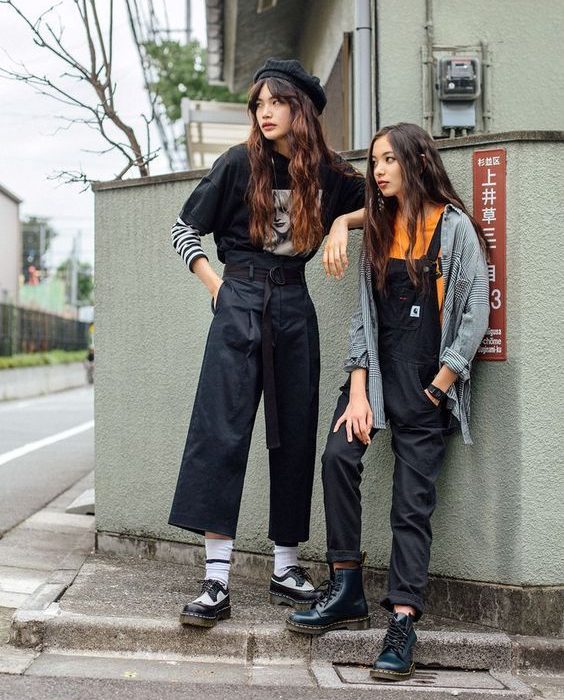In recent years, Asian modern fashion has surged onto the global stage, captivating audiences with its blend of tradition, innovation, and cultural resonance. From the streets of Tokyo to the catwalks of Seoul and beyond, Asian designers and brands are redefining the fashion landscape, offering a fresh perspective that fuses heritage with contemporary flair. Let’s delve into the multifaceted aspects of this vibrant and dynamic fashion movement.
Embracing Cultural Heritage
At the heart of Asian modern fashion lies a deep reverence for cultural heritage. Traditional motifs, fabrics, and techniques are reimagined and infused with a modern twist, creating garments that pay homage to centuries-old traditions while embracing the spirit of innovation. From intricate embroideries inspired by Chinese folklore to the vibrant hues of Indian textiles, Asian designers draw inspiration from a rich tapestry of cultural influences, celebrating diversity and craftsmanship.
Minimalism and Functionality
Asian modern fashion is often characterized by its minimalist aesthetic and emphasis on functionality. Clean lines, understated elegance, and a focus on quality craftsmanship define many Asian brands, reflecting the influence of Japanese design philosophy. This minimalist approach extends beyond clothing to encompass accessories, footwear, and even lifestyle products, embodying a sense of simplicity and sophistication.
Streetwear Revolution
In recent years, Asian streetwear has emerged as a global phenomenon, challenging Western dominance in the urban fashion scene. Influenced by youth subcultures, music, and urban lifestyles, Asian streetwear brands such as BAPE (A Bathing Ape), Supreme, and Off-White have gained cult-like followings worldwide. Drawing inspiration from manga, anime, and street culture, Asian streetwear is characterized by bold graphics, vibrant colors, and a fearless attitude, capturing the imagination of fashion enthusiasts across the globe.
Technological Innovation
Asia’s reputation as a hub for technological innovation extends to the fashion industry, with designers and brands leveraging cutting-edge technologies to push the boundaries of creativity and craftsmanship. From 3D printing and digital textile manipulation to wearable technology and sustainable innovations, Asian fashion pioneers are at the forefront of experimentation, redefining the way we perceive and interact with clothing.
Global Influence
Asian modern fashion’s influence extends far beyond its borders, shaping trends and inspiring designers around the world. The rise of K-fashion (Korean fashion) and J-fashion (Japanese fashion) has fueled a renewed interest in Asian aesthetics, with celebrities, influencers, and fashionistas embracing Korean skincare routines, Japanese street style, and fusion cuisine. Social media platforms like Instagram and TikTok have amplified the reach of Asian fashion, allowing designers to connect with a global audience and showcase their creativity to millions of followers.
Sustainability and Ethical Practices
In response to growing environmental and social concerns, many Asian fashion brands are embracing sustainable practices and ethical production methods. From upcycling vintage fabrics to using organic materials and implementing fair labor practices, these initiatives reflect a growing commitment to environmental stewardship and social responsibility. By prioritizing sustainability, Asian modern fashion is not only reducing its ecological footprint but also setting an example for the industry as a whole.
Conclusion
Asian modern fashion is a vibrant tapestry of tradition, innovation, and cultural exchange. From the runways of Paris to the streets of New York, Asian designers and brands are leaving an indelible mark on the global fashion landscape, redefining aesthetics, challenging conventions, and inspiring creativity. As the world becomes increasingly interconnected, the influence of Asian fashion will continue to grow, shaping trends and pushing boundaries for years to come.


